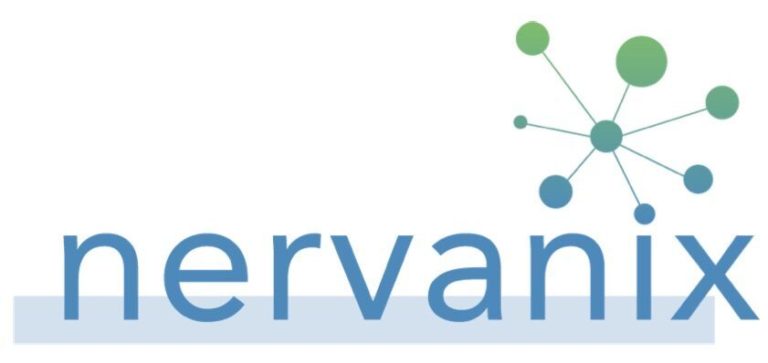THE SCIENCE
NEUROSCIENCE: THE NEW SCIENCE OF LEARNING
 The human brain may well be the most complex structure known to man. An often-cited quote attributed to Nobel Laureate Eric Kandel is that we have learned more about the human brain in the past 5 years than the prior 100 years (Kandel interview by Charlie Rose, 2012).
The human brain may well be the most complex structure known to man. An often-cited quote attributed to Nobel Laureate Eric Kandel is that we have learned more about the human brain in the past 5 years than the prior 100 years (Kandel interview by Charlie Rose, 2012).
One of the safest and most commonly used technologies to study the human brain is the electroencephalogram (EEG). The world of neuroscience changed dramatically with the introduction of the first human EEG recording in 1924. For the first time, human brain activity could be measured directly and in real-time.
EEG is a head-mounted system collecting data passively regarding the electrophysiological activity of the brain and nearby muscle. The sensors used in EEG can range in size from a few centimeters to microelectrodes with sub-millimeter contact area. Dramatic advances in material sciences, electrical engineering and computational processing have resulted in an explosion of novel methods to collect and analyze the human EEG at greatly reduced costs.
EEG has become the most common method of conducting brain activity research and remains to this day the technology with the largest number of published scientific research studies on the brain.
Starting in the 1970s, the neuroscience community began to develop consistent and reliable methods to measure key cognitive processes such as attention, meditation, emotional engagement and memory activation. These methods have gradually advanced to the point where there are now generally well-accepted tasks and methodologies to define which brainwave activities are associated with each of these cognitive processes. They are now measured precisely, just as temperature is measured with a thermometer.
The Nervanix approach focuses on learning and brain-wellness. In applying neuroscience to learning models, we improve the efficiency and effectiveness of instruction through increased learner engagement. Stakeholders in learning will therefore place high value on attention data to know and understand whether and why a learner is not learning in an optimal way. Our focus on brain-wellness will involve the development of other cognitive or learning constructs associated with brainwave activity with the intended result being an end user’s improved cognitive abilities. Our data collection and recordings will record frequency bands associated with various neural cognitive systems in addition to attention (e.g., memory, emotional engagement and fluency). Future products will include multi-sensor arrays that allow for full head coverage, eye movement tracking and facial movements, all allowing for more detailed and refined measurements.
Build mindful learning experiences
